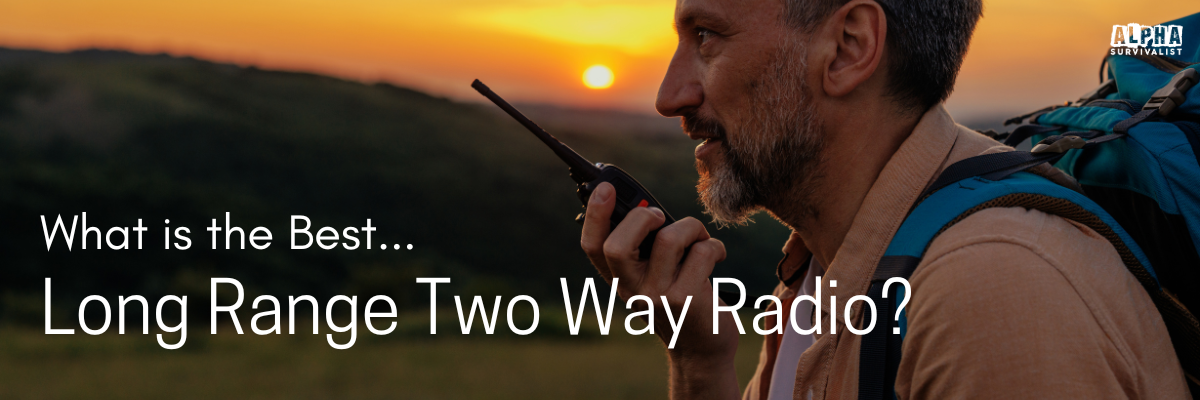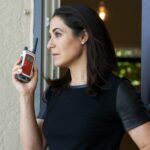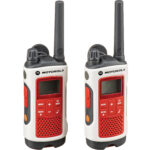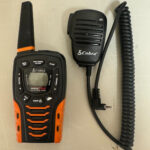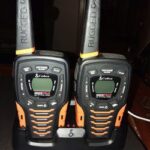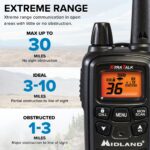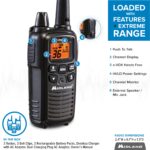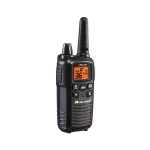In times of crisis, when conventional communication systems fail, two-way radios emerge as a vital link. They’re a solid investment toward ensuring you can keep in touch should a catastrophic event disrupt regular channels.

While two-way radios offer a practical solution, ham radios hold the superior edge for the serious survivalist. Their ability to operate over greater distances and under varied conditions places them at the pinnacle of emergency communication.
However, they demand a greater initial investment, both in terms of money and the need for technical proficiency, including obtaining a license to transmit.
Thus, for those uninitiated in the world of emergency communications, starting with two-way radios is a logical and effective first step.
The Best Long Range Two Way Radios
| Some of the Best Two Way Radios 2024 | |
|---|---|
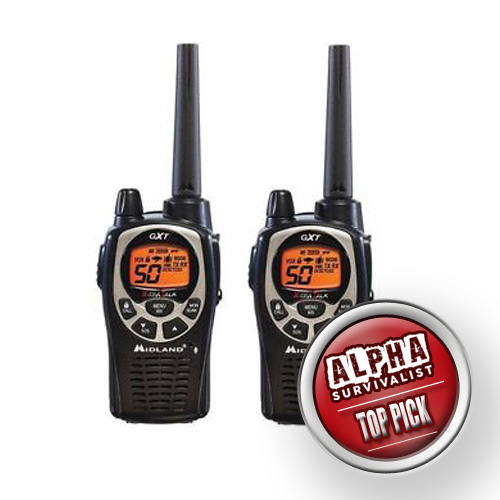 | Midland GXT1000VP4
 |
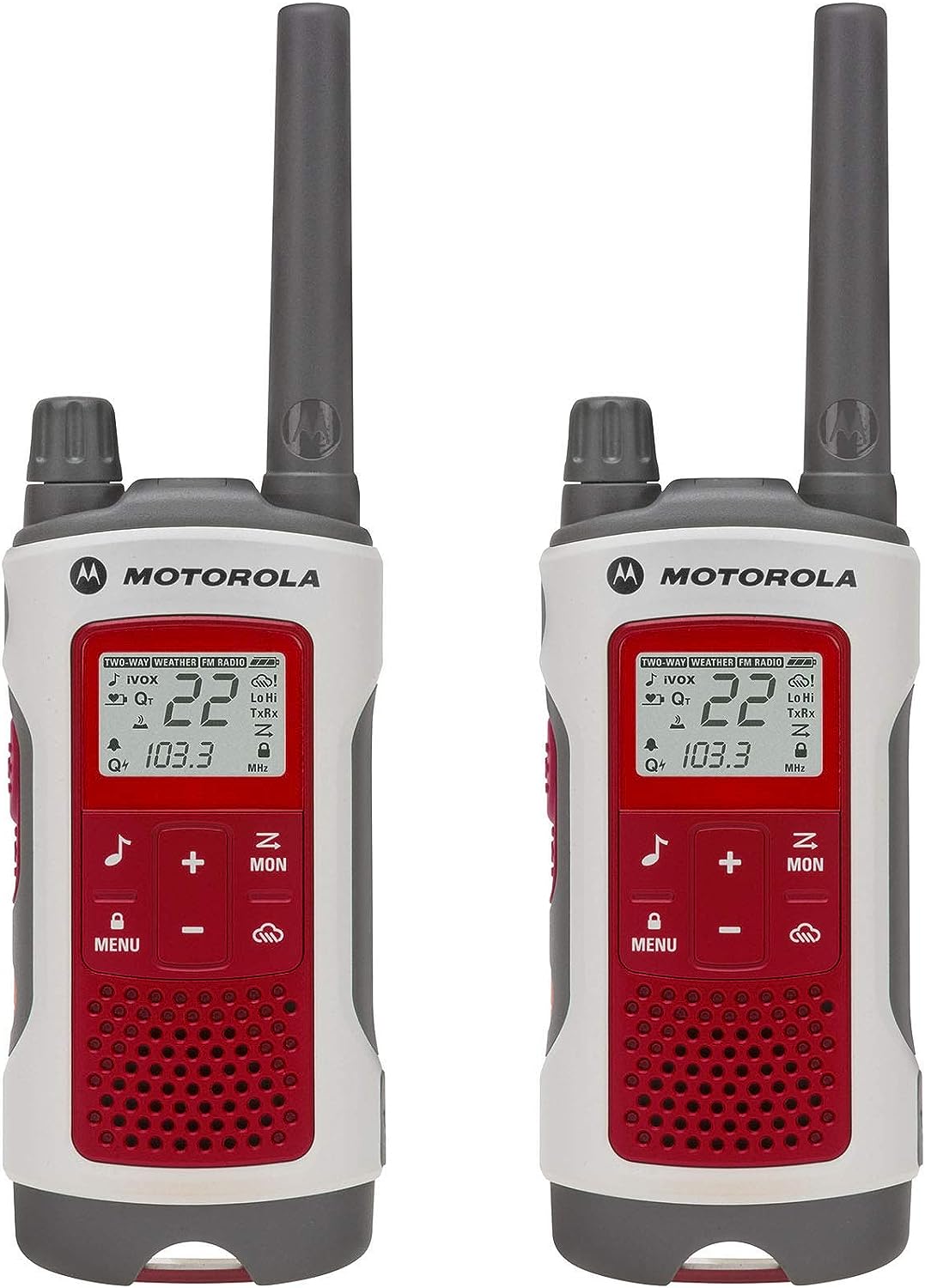 | Motorola Talkabout T482
 |
 | Cobra ACXT645
 |
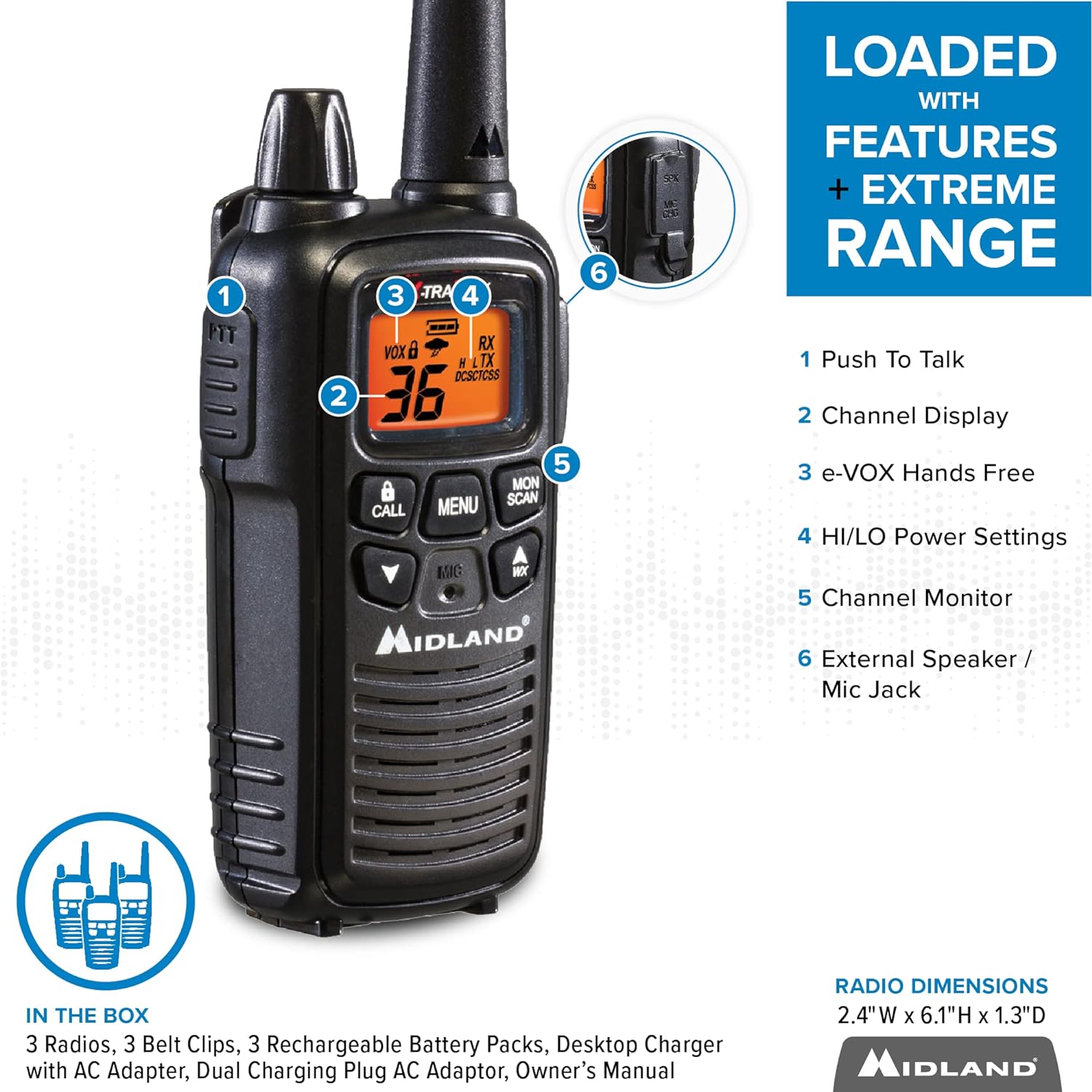 | Midland LXT633VP3
 |
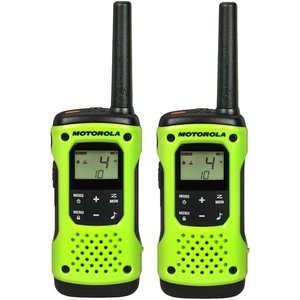 | Motorola Talkabout T600 H2O
 |
 | Midland GXT1050VP4
 |
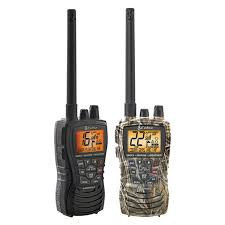 | Cobra MR HH450
 |
 | Midland X-TALKER T77VP5
 |
What are Two Way Radios?
Two-way radios are versatile communication devices that come in several formats, suitable for a variety of settings. Often called walkie talkies when referring to handheld units, these radios allow for direct radio communication.
They are more than just portable; they adapt to various needs:
- Base Station Radios: Installed on walls or desks, these are typically used in a fixed location like a home or office.
- Vehicle-Mounted Radios: Commonly found in vehicles, they serve as a reliable method to communicate while on the move.
- Handheld Radios: Portable and convenient, these are the quintessential walkie talkies, enabling communication on foot.
No matter the type, two-way radios operate across various frequencies and services.
The Family Radio Service (FRS) and General Mobile Radio Service (GMRS) are popular options providing short-distance UHF bands. FRS devices are license-free while GMRS requires a license for use. Many handheld radios also access NOAA weather channels, offering real-time weather alerts, which is vital for outdoor activities.
Assessing Two-Way Radio Performance
Communication Distance
Two-way radios vary in the distance over which they can communicate effectively. This distance, or range, is often less than the maximum distance advertised. It is typically measured in optimal conditions with a clear line of sight and no obstructions.
In real-world applications, especially in areas with obstacles like buildings, trees, or hilly terrain, the actual operable range can be significantly shorter than the manufacturer’s claim. When choosing a radio, it’s important to take into account the environment you will be operating in, as this will significantly impact your actual range.
Signal Output and Range
Power output is a key factor in determining the range of a radio. Higher power usually means a longer range, but this is constrained by the environment and the line of sight between devices.
There are two main frequency bands for consumer radios: Family Radio Service (FRS) and General Mobile Radio Service (GMRS).
FRS radios are low-power, license-free, and limited to 2 watts, suitable for short-range communication. GMRS radios can operate at higher powers, but using over 2 watts requires a Federal Communications Commission (FCC) license.
Generally, for greater range and stronger signals, especially in emergencies, a GMRS radio and corresponding license might be preferable.
Enhancing Signal with Antenna Upgrades
For improved signal strength and range, consider a radio with a longer antenna. Antennas are crucial for sending and receiving signals effectively.
Most consumer radios come with a fixed antenna, limiting the potential for modification. However, if you’re using mounted or base station radios, an upgrade to a larger antenna can be an option worth exploring.
Availability of Communication Channels
The ideal two-way radio offers numerous channels for communication. Most consumer models provide 22 channels, which become highly trafficked during emergencies.
To avoid interference, these radios typically come with a set of sub-channels or privacy codes, allowing for clearer communication. Understanding how these channels and codes work will help maintain private and effective communication, even in congested scenarios.
Radio Weight Considerations
While selecting a two-way radio, the balance between the weight of the radio and its robustness is crucial.
Lightweight radios may be preferable for ease of transport, but not at the expense of sturdiness and durability. The goal is to choose a radio that won’t overburden you but can still withstand rough use.
Build Quality and Resistance to Elements
Durability is paramount for two-way radios, which may be subjected to tough conditions. Solid construction ensures resistance to impacts, while waterproofing guards against water damage.
Opt for a radio that is either waterproof or at the very least weatherproof to protect against various environmental factors.
Battery Life and Power Options
Extended battery life is a must for reliable two-way radios, especially in situations where recharging isn’t feasible.
Radios with dual power options, such as the ability to use disposable batteries in addition to rechargeable ones, provide versatility. Lithium-ion batteries are often the preferred choice for their balance of longevity and light weight.
Essential Radio Features
As radios have evolved, feature sets have grown. Look for practical features like clear LCD screens, intuitive controls, and the ability to contact emergency services.
Radios that can tap into local NOAA weather forecasts offer an added level of preparedness. Clarity in communication, access to repeaters to extend range, and dual power capabilities are all valuable features that enhance radio functionality.
Balancing Cost with Functionality
When investing in a radio, it’s crucial to weigh cost against functionality.
Affordable options are available, but they may not offer the range, durability, or feature set of more expensive models. Consider your specific needs and the situations in which the radio will be used to make an informed decision that balances cost with the necessary features and performance.
Recent Enhancements in Two-Way Radios
In our persistence to bring you the latest in two-way radio technology, we diligently track new releases. Breakthrough innovations tend to be scarce. Most new models are updates to established designs. Yet, we remain committed to informing you of any significant advancements.
- Motorola and Cobra: No major updates. Existing models like the Motorola T605 remain reliable for outdoor communication.
- BaoFeng: The BaoFeng BF-F8HP continues as a strong choice without new variations disrupting its position.
- Midland: The Midland GXT1000VP4 maintains its status without new rivals, ensuring clear communication for hikers.
- DeWalt: The DeWalt DXFRS800 still offers consistent performance. It is suitable for extensive use without recent updates.
- Retevis: Our offerings include consistent performers. They stay current without new entrants to the lineup.
If a radio fails, don’t forget the importance of carrying an emergency whistle for backup communication.

